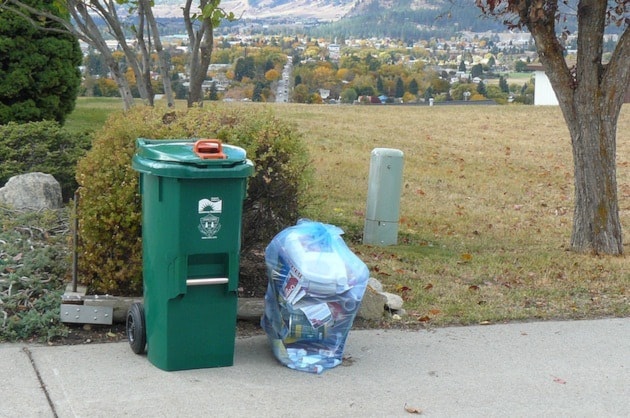Municipal composting is coming to Nelson, but don’t start saving your veggie scraps yet.
In 2017 the Regional District of Central Kootenay (RDCK) will develop a composting plan for the region.
The RDCK’s Mike Morrison says the first steps will be to check with a variety of players including waste haulers, producers of large amounts of organic waste, and municipalities (because they are responsible for waste collection).
“We may start with specific locations or specific sectors. It may not be one big facility all at once. We have to come up with a regional strategy: that may be a central facility for the Nelson-Castlegar corridor but we also have to come up with solutions for Kalso, Slocan, Nakusp, and other small communities.”
He says the plan will address appropriate composting methods for both large and small communities, infrastructure needs, and cost.
“A popular misconception is that composting is always cheaper than using the landfill,” Morrison says. “That is not always the case, because there are extra collection and handling costs.”
One composting challenge, he says, is material contamination — “the contamination of food scraps with non-compostable materials, which impacts the marketability of the end product. And with composting there are operational issues like generation of odors and attraction wildlife to the facility. Typically they do not co-exist with residential land use very well. So particularly in a mountainous area, facility citing is challenging.”
He said the West Kootenay has one possible ready-made location: the landfill in Salmo that was recently closed.
Morrison says the province is encouraging regions and municipalities to deal with organic waste.
“Organic waste collection programs and compost processing are considered to be best practice now.”
He says there is a lot to be said for simplicity and that the study will look at options for home composting as well.
“You would not want a solution that would discourage people from managing their compost at home. And you don’t necessarily need a high-tech solution.”
He says Grand Forks has a food waste composting program for the Grand Forks and Christina Lake area — it’s a simple open-windrow process carried out at the Grand Forks landfill site.
According to Tim Dueck of the Kootenay Boundary Regional District (in which Grand Forks is located), Grand Forks has been collecting organic matter in green bins from 4,000 homes for several years. Residents put out their green bins for free every week. Recycling (also free) and garbage ($3 per bag) are collected every other week.
Dueck says the public is on board. The participation rate is 80 per cent, higher than garbage and recycling.
“The public is unbelievably way ahead of us on this. When you take the compostable material out of the garbage, you can then store that garbage, there is nothing smelly in there. People store their garbage for two months.
“Fifty per cent of waste is recyclable, 40 per cent is organic material. That leaves 10 per cent as actual garbage. A grocery bag a week.”
In the RDCK, Morrison says the focus in the past few years has been capital works programs related to building new sites, closing landfills, and moving transfer stations. Now that most of that is done, they can move on to things like organic waste diversion.
